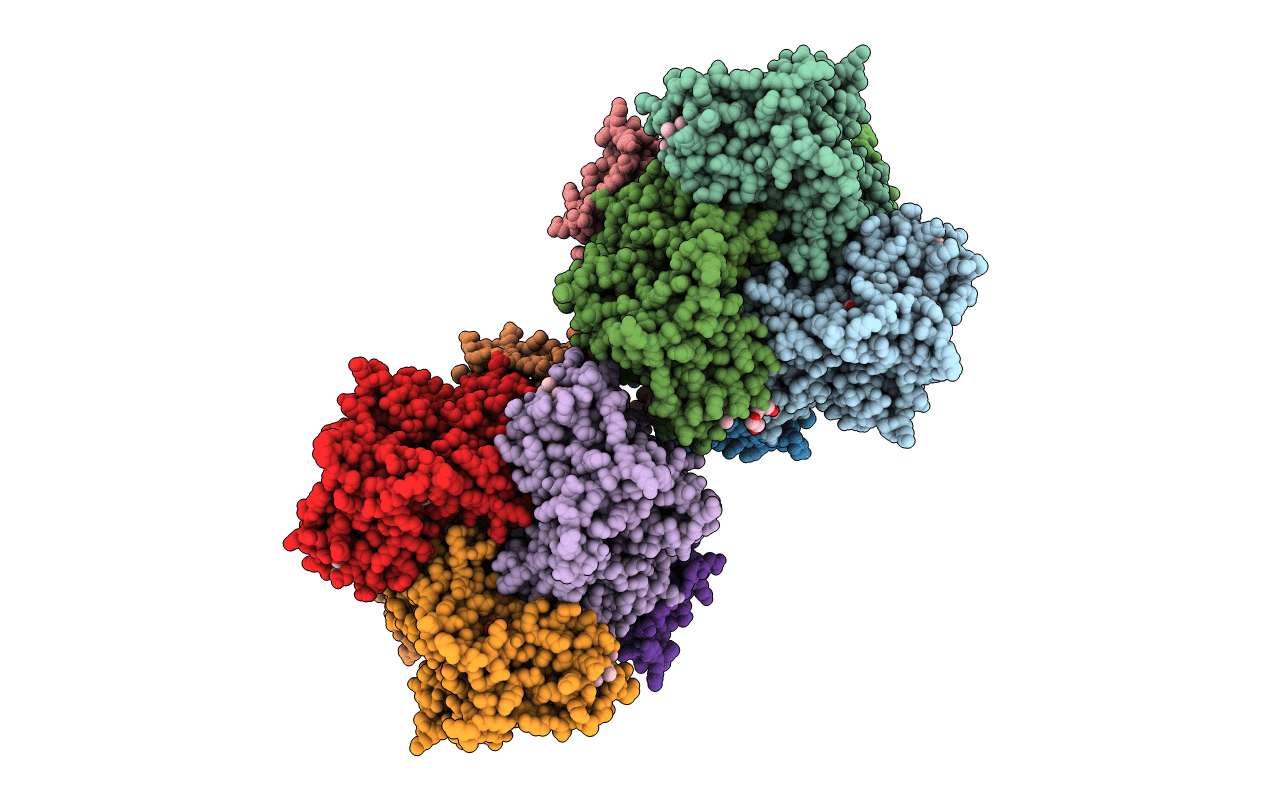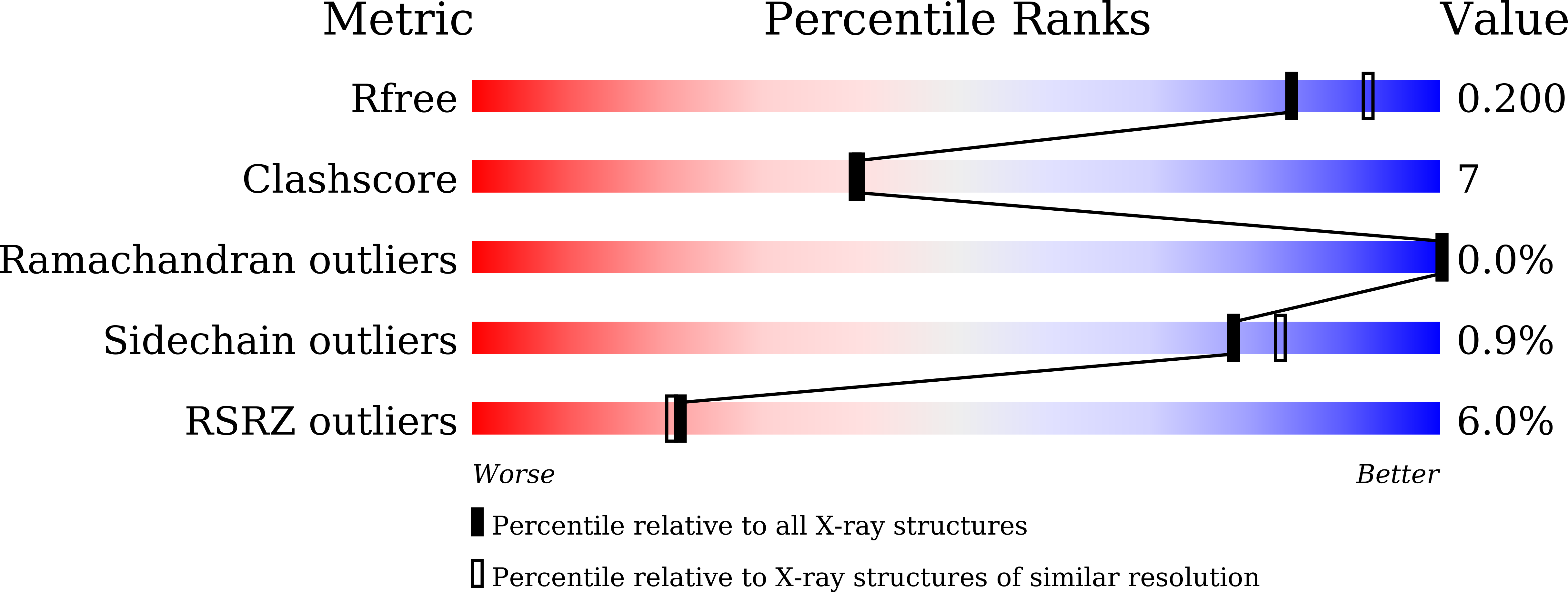
Deposition Date
2020-02-22
Release Date
2021-03-10
Last Version Date
2024-10-30
Entry Detail
PDB ID:
6M0Q
Keywords:
Title:
Hydroxylamine oxidoreductase from Nitrosomonas europaea
Biological Source:
Source Organism:
Nitrosomonas europaea (Taxon ID: 915)
Method Details:
Experimental Method:
Resolution:
1.99 Å
R-Value Free:
0.19
R-Value Work:
0.16
R-Value Observed:
0.16
Space Group:
P 21 21 21


